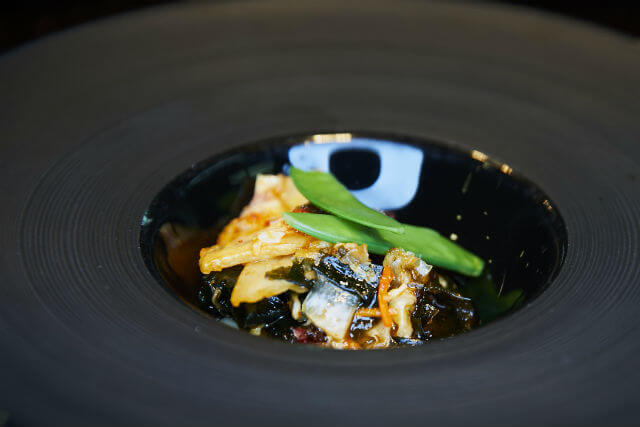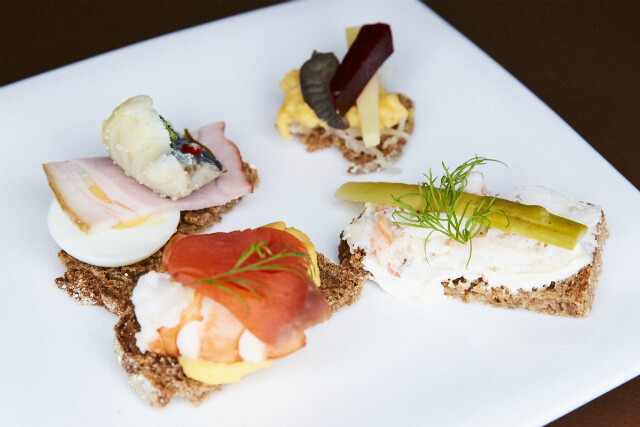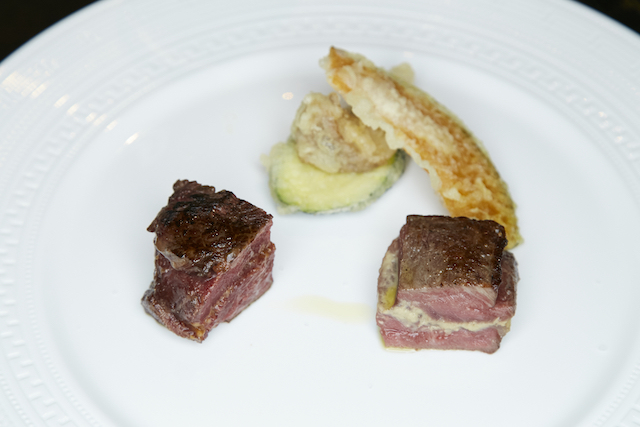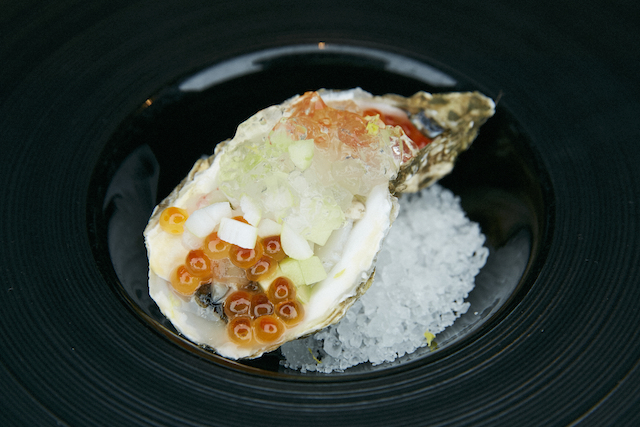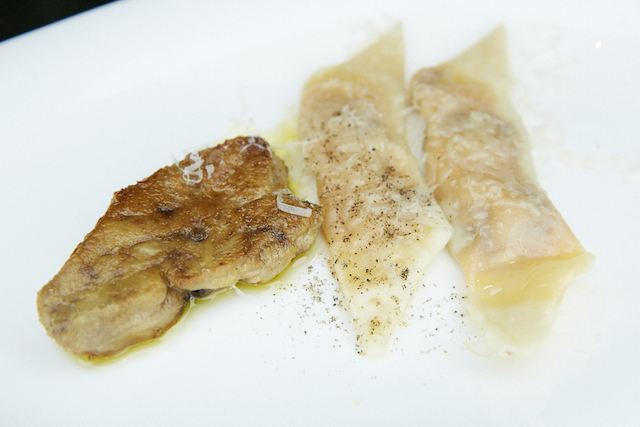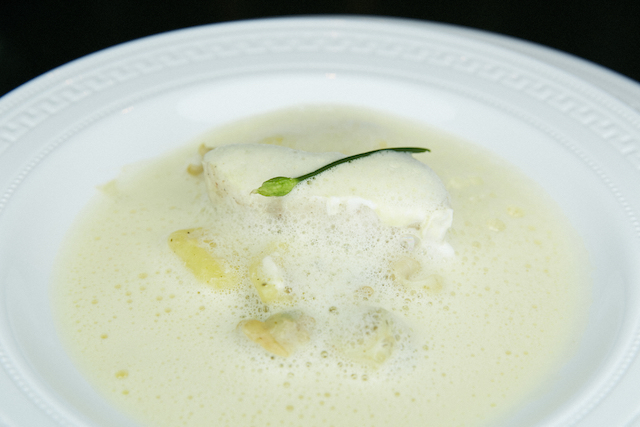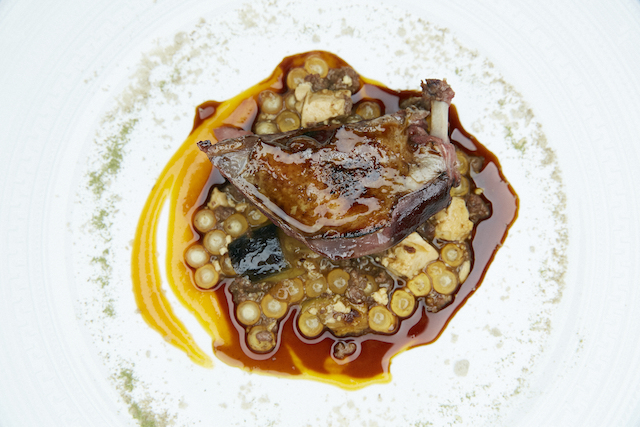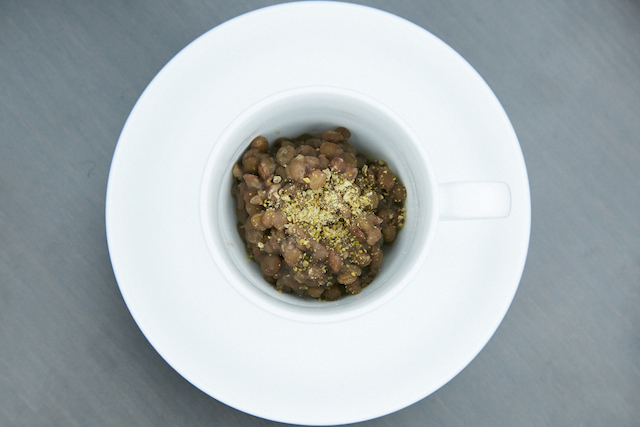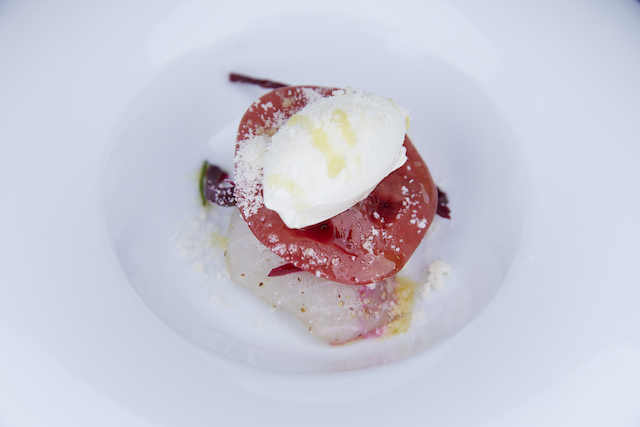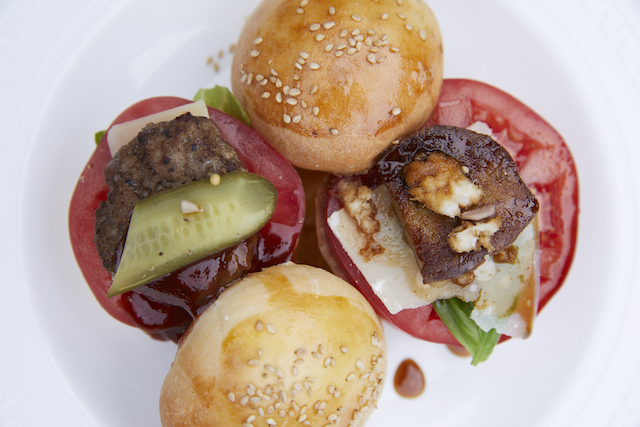Can a computer be creative?
A lot of scientists have tackled this question. However, many previous attempts to create a "creative computer" have not been able to give a clear answer. So, we made and worked on this question:"Can a computer create a recipe?" Our goal is to create a "creative" recipe with AI.
With the growing diversity in personal food preference and dietary style, it’s difficult for food companies and professional chefs to continue to create new recipes, so our AI would be helpful for them.
What is creativity?
For example, the following pictures are different style of sushi, which are Japanese sushi roll, California roll, and California croissant. It seems that Japanese people like me think the California roll is different from original one, but very tasty. So, we think the California roll is a creative recipe. However is the California croissant, which is sushi roll inside croissant also creative?
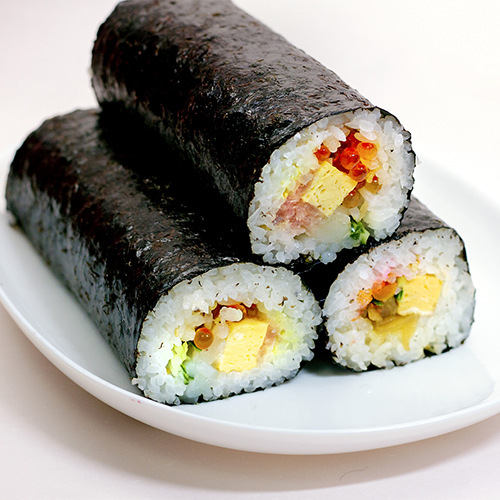
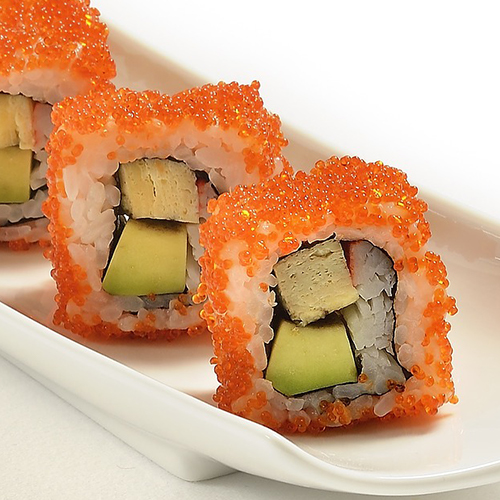
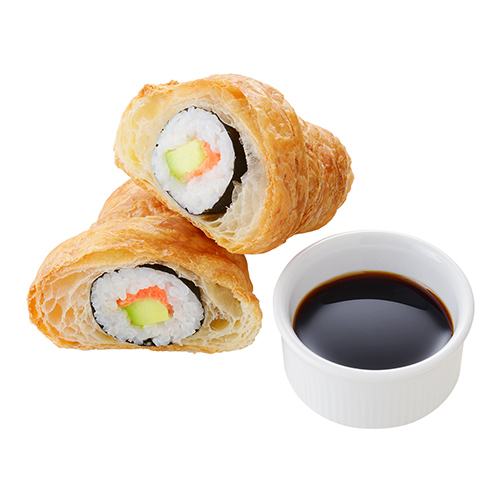
source of California croissant : chousyoku fes
As suggested by Varshney[1], who led IBM’s Chef Watson project, creativity can be theoretically and mathematically defined by “quality” and “novelty”.
To create ”creative recipes”, there are two significant challenges: 1) finding the general theory behind ingredients' combination in food; and 2) developing an algorithm that understands cuisine style to match one’s unique food preferences.
The general theory behind ingredients' combination in food
The most major theory is flavor pairing theory (food pairing theory) [2], which states that the ingredients are more likely to be combined if they share common flavors.
For example, coffee and beef go together since they share 102 flavor compounds in common(coffee has 234 flavor compounds, and beef has 199 flavor compounds).
This is an interactive visualization we developed using their data. Each node represents ingredient and each color shows the category to which the ingredients belong.
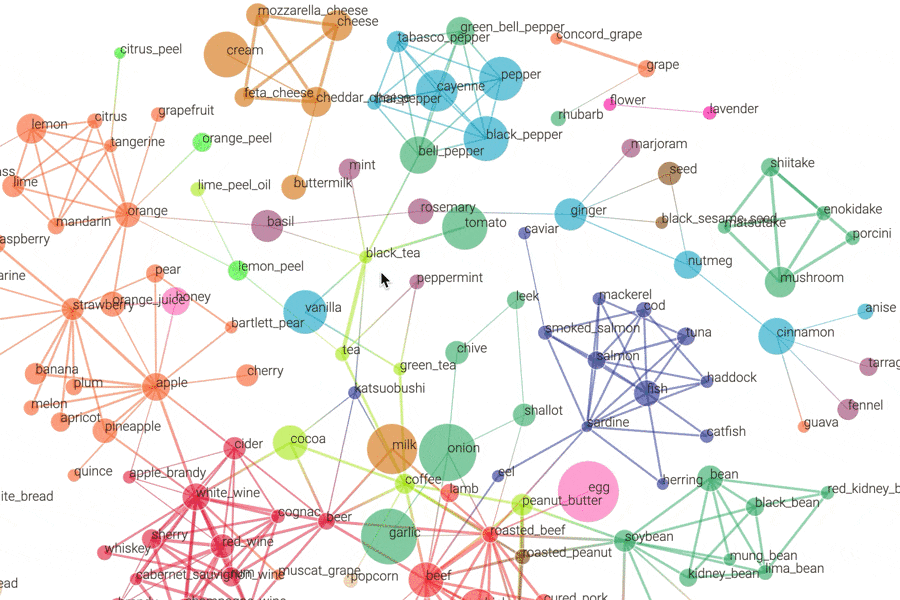
Link : Flavor Network
For example, as you can see, black tea goes well with tomato and bell pepper. When we told this interesting combination to Chef Matsushima, who is Michelin Star Chef based in France. He just did not believe it, but we requested him to make one recipe and here’s what we got.
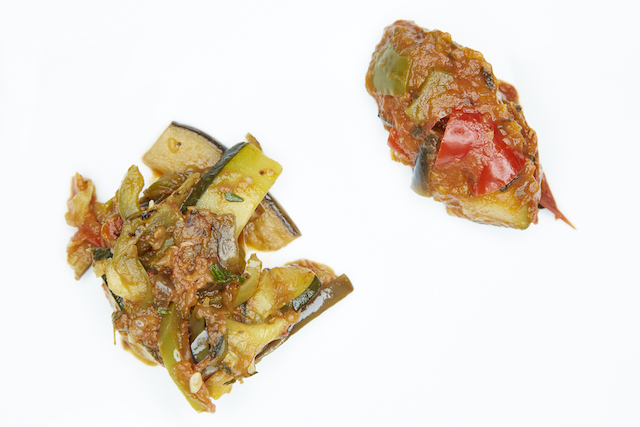
source : Hills Life
First, Chef Matsushima made regular ratatouille(left), which is his specialty, using tomato, bell pepper and thyme .Next, he made flavor pairing ratatouille(right), using tomato, bell pepper and black tea.
To his surprise, flavor pairing ratatouille, was actually very tasty, and he decided to serve this recipe at his restaurant. It means that flavor pairing theory is useful in explaining the ingredients' combination.
However, there is a puzzle.

This figure shows the degree of flavor pairing in their cuisines. If cuisines tend to share more flavor compounds than expected in a random recipe dataset we made, show positive score, and don’t tend to share flavor compounds, show negative score.
It means that food pairing theory cannot apply to the cuisines, especially from East Asia.
Umami pairing is the key in East Asian cuisines
What is umami? The main components of umami are Glutamate, Inosinate and Guanylate.
Glutamate is found in a variety of foods including vegetables, cheese and so on. Inosinate is found in animal-based foods such as meat and fish, and Guanylate can be found in dried mushroom products such as dried shiitake.
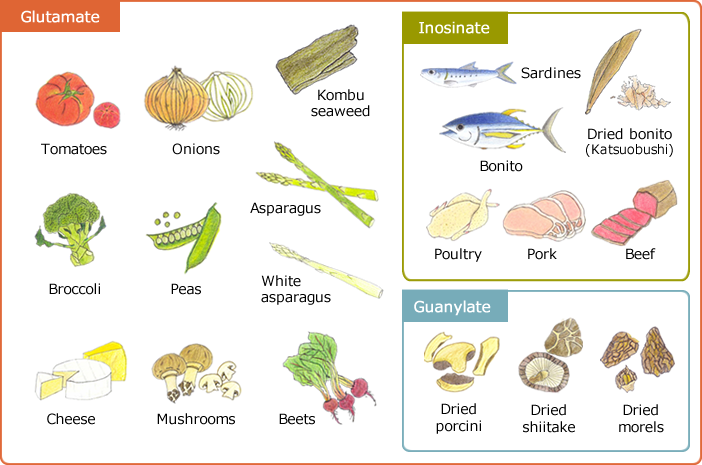
source : Umami Information Center
umami has been known that umami is sensed strongly when they are combined. For example, when we mix Glutamate and Inosinate at a ratio of 50 : 50, subjective taste increases by 8 times.
Therefore, if you combine different umami compounds such as Glutamate and Inosinate, you can create a synergetic effect. We call this as umami pairing theory.

This figure is the relationship between flavor pairing and umami pairing, and shows a negative relationship.
Western cuisines follow flavor pairing and are likely to avoid umami pairing, on the other hand, East Asian countries are likely to avoid flavor pairing, instead they are more likely to combine ingredients with different umami compounds.
Therefor both flavor pairing and umami pairing is necessary. This is an interactive visualization we can compare the two theories.
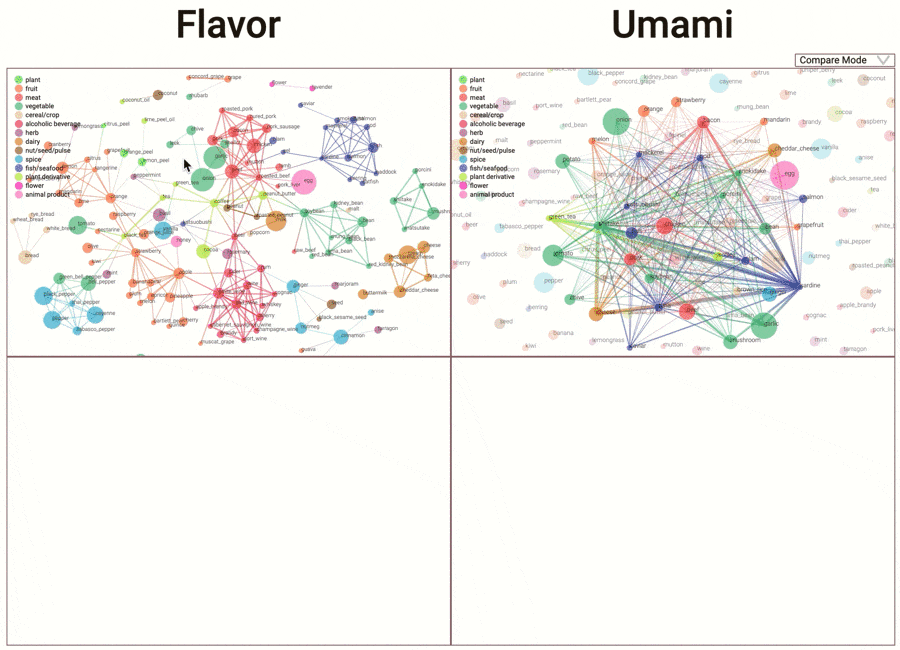
Link : Flavor & Umami Network
How does the computers understand our taste?
Using this network, we could explore the general theory behind ingredients' combination in food. So, the second challenge to create recipe is to understand cuisine style.
The first step for the computers to understand our taste is to identify where we are in the “galaxy of food”. To make the story simple, let such galaxy be two-dimension(best viewed on desktop).
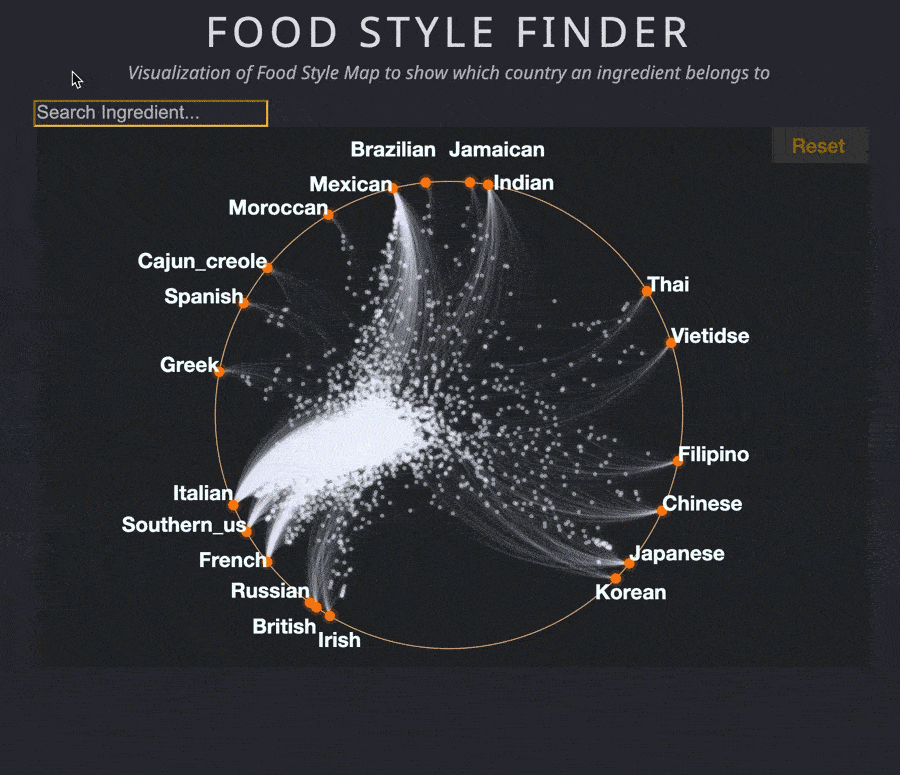
Link : Food Style Finder
This interactive visualization is created through vectorizing the variety of recipes around the world.
Common ingredients, onions for example, that appear in many regional recipes are assigned to all countries with low probability. On the other hands some ingredients that appear only in specific country are assigned to the country with high probability. For example, "miso" is predicted to be a Japanese ingredient with very high probability.
By using the probability values that emerge from the activation function in the neural network, rather than just the final classification, we can draw this barycentric Newton diagram.
Transforming Regional Cuisine Style
Based on Word2vec, which is the technique proposed in the field of natural language processing, we developed transformation algorithm.
Using this algorithm, we can change cuisine style. For example, we transformed a traditional Japanese “Sukiyaki” into French style. These are the pictures of French Sukiyaki we made.

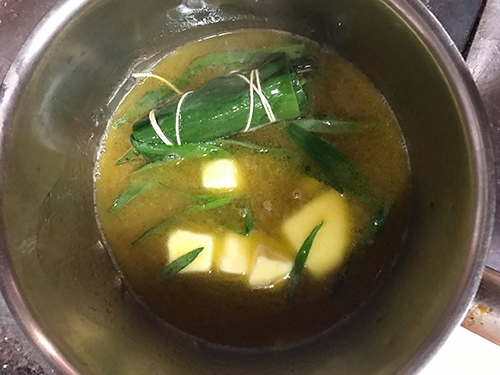
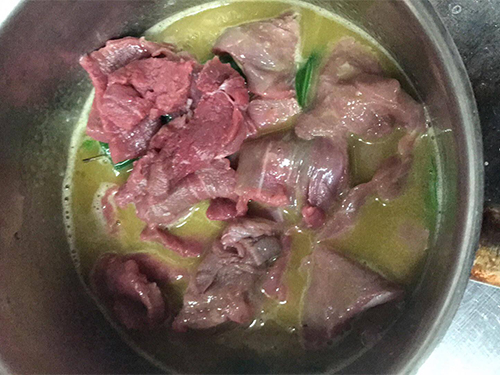
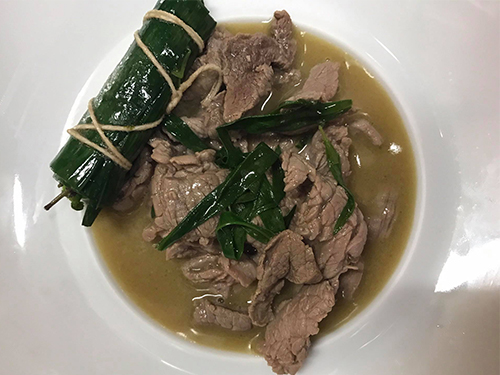
As we mentioned, creativity can be theoretically and mathematically defined by “quality” and “novelty”. Therefor, combining “Flavor/Umami theory” and “Transformation algorithm” is important. The recipes which have the potential to be creative are that which combinations are never tried but theoretical.
In order to create such a recipe, we held AI dinner several times. The following pictures are dishes what we made with AI.
Source:
- Lav R. Varshney, Florian Pinel, Kush R. Varshney, Debarun Bhattacharjya, Angela Schoergendorfer, Yi-Min Chee. (2013) A Big Data Approach to Computational Creativity. arXiv:1311.1213 [cs.CY]
- Ahn, Y.-Y., Ahnert, S. E., Bagrow, J. P., and Barabási, A.-L. (2011). Flavor network and the principles of food pairing. Sci. Reports 1:196. doi: 10.1038/srep00196
- IBM 5 in 5: Taste (2012)
- M Kazama, M Sugimoto, C Hosokawa, K Matsushima, Lav R. Varshney, Y Ishikawa. A Neural Network System for Transformation of Regional Cuisine Style.( arxiv / frontiers )
Data:
Media:
- BBC - A Christmas menu dreamed up by a robot
- Cognitive times - Cooking with Chef Watson: AI in the kitchen
- Sciencenode - The neural food network
- I Programmer - Style Transfer Applied To Cooking - The Case Of The French Sukiyaki
- Psychomedia - Cuisine : une nouvelle science du « Food pairing » grâce à l'intelligence artificielle
- Prweb - SXSW Panel to Unveil Potential of Artificial Intelligence in Dietary Solutions
- Japanese Media
Principal investigator : Yoshiki Ishikawa | Professor : Lav R. Varshney | Chef : Keisuke Matsushima
Data scientist : Masahiro Kazama | Nutrition scientist : Minami Sugimoto | Data visualization designer : Sho
Izumo
